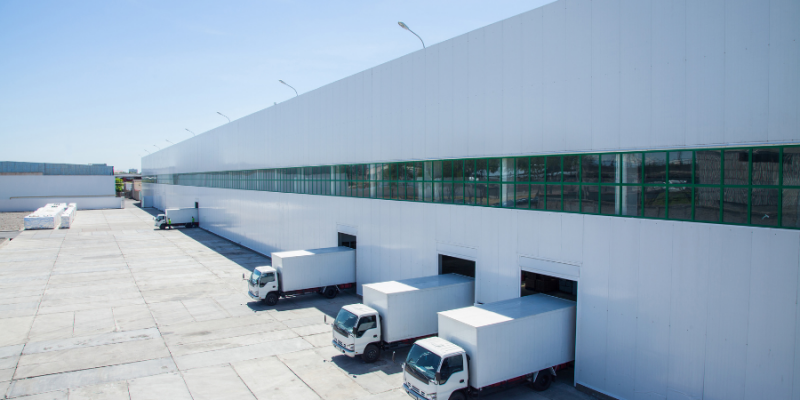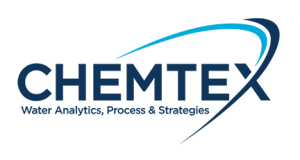
Water Management Plans: Beyond Healthcare
In a recent article, we discussed Legionella and focused on health care settings. COVID has helped focus attention on the health implications of building systems, which has actually detracted attention from Legionella. There have been many changes, including demands from JCAHO (the Joint Commission on Accreditation of Healthcare Organizations, now commonly called The Joint Commission) and the Veterans Administration for more rigorous administrative expectations to minimize risk.
As many buildings and other facilities are opening their doors to people for the first time in a year, operators are recognizing that the risk of Legionella rises in dormant buildings, and extra caution and safety measures are for reopening.
These circumstances lead us to a relatively new situation today; facilities that do not deal in health care are demanding Water Management Plans (WMPs). They correctly recognize that minimizing risk from Legionella is critical. Owners, operations managers, and water treatment professionals should expect that WMPs will be increasingly required for all types of buildings.
New York City illustrates this trend. The city was one of the first to create legislation requiring the tracking all cooling towers and dictating risk-mitigation steps. These rules arose in response to the 2015 Legionnaires’ disease outbreak, linked to cooling towers. Read more about New York’s program here. Other municipalities are certain to follow.
CDC Guidance for Building Re-opening
Buildings are coming back online and occupancy levels are increasing. The CDC offers many articles on the steps to and concerns to consider when reopening a building that has been largely vacant for a long time. As of September 2020, the CDC added guidance for lead and copper, mold awareness, and Legionella when reopening dormant buildings. Take the time to review the updated CDC guidelines here.
In short, the CDC recommends 8 steps. Here are two steps to consider for all buildings:
1). Ensure your water heater is properly maintained and the temperature is set correctly.
-Determine if your manufacturer recommends draining the water heater after a prolonged period of disuse. Ensure that all maintenance activities are carried out according to the manufacturer’s instructions or by professionals.
-Make sure that your water heater is set to at least 140°F.
-Higher temperatures can further reduce the risk of Legionella growth but ensure that you take measures to prevent scalding.
2). Flush your water system.
-Flush hot and cold water through all points of use (e.g., showers, sink faucets)
-Flushing may need to occur in segments (e.g., floors, individual rooms) due to facility size and water pressure. The purpose of building flushing is to replace all water inside building piping with fresh water.

Waterborne Pathogens Must Still Be Addressed
Today, our country is cautiously emerging from a pandemic exceeding anything we have experienced in the last 100 years, and buildings are cautiously reopening. COVID continues to be a serious threat to health and life, but science and vaccines are allowing countries around the world, to move forward. It is no surprise that other pathogens such as Legionella, mold and heavy metals are b a renewed concern of building owners and operators.
Legionella and other waterborne pathogens have not gone away. They were temporarily eclipsed by the scale of the COVID-19, they are just as dangerous, and warrant your attention.
As you bring buildings and facilities back online, please don’t neglect the protocols to keep people safe from waterborne pathogens. Consult the latest CDC guidelines on how to reopen safely. Protect your employees, your tenants, and the public by bringing systems online properly.
Please reach out to your Chemtex rep for assistance in bringing buildings and cooling towers back online safely. We can help you create and comply with a WMP that will minimize risk and enhance the safety of your facility.



/NQA-ISO-9001-Logo-ANAB.jpg)